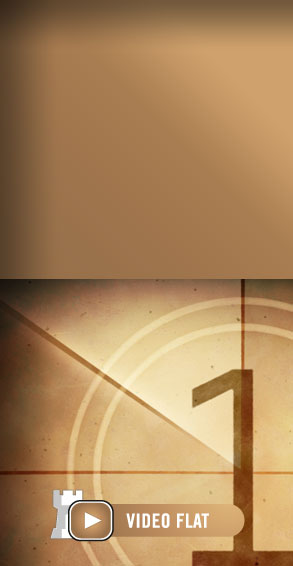Puzzle 1
Solution: 1.Nf2+ Kg1 2.Ng4 Kh1 (2...h1Q? 3.Ne2#) 3.Na2 Kg1 4.Nc3 Kh1 (4...h1Q? 5.Ne2#) 5.Ne4 Kg1 6.Ng3 h1=Q 7.Ne2#
 As many readers pointed out in the comments, this was indeed a “more-mover” rather than a study, with the stipulation needing to be a mate in seven. Nevertheless, the idea of the composition can be seen where the white knight (starting from c1) makes a very long round-trip, to finally come to e2, a place where it could have reached four moves ago! The intention behind this is interesting, since Kh1 must be prevented and the quickest way to do that is to manoeuvre the knight to g3.
As many readers pointed out in the comments, this was indeed a “more-mover” rather than a study, with the stipulation needing to be a mate in seven. Nevertheless, the idea of the composition can be seen where the white knight (starting from c1) makes a very long round-trip, to finally come to e2, a place where it could have reached four moves ago! The intention behind this is interesting, since Kh1 must be prevented and the quickest way to do that is to manoeuvre the knight to g3.
Here you can see all the moves the two white knights must make in order to trap the black king.
Puzzle 2
Solution: 1.Nd4+ Kc5 2.Kh1!! Bf8 3.Ne6+ Kb5 4.Nxf8 1-0. Refutations after Black's other defensive moves are given in the replay window below.
A relatively famous study where Richard Reti’s main idea was to show the domination of the black bishop. Wherever the black bishop moves after 2. Kh1!, it will always be met by knight fork winning the piece! And of course, if Black was to take the white knight, the white pawn would evidently be unstoppable. Incredible, short and sweet study!
Puzzle 3
Solution: 1.e6 Kd2 2.Ne5 Rh1 3.e7+ Rh3+ 4.Ka2 Rh8 5.Nc4+ Kc2 6.Nd6 Rh5 7.b4!
It is surprisingly hard to visualise, though there is no shocking move, as in the previous puzzle. 2.Ne5 is vital to block the e-file where 2…Re1 is met by the cunning fork of 3.Nf3+. It is particularly important to think about forks when there is a passed pawn present, but this study goes on to show how important it is to think of all the different ideas and tactics present!
In the original Reti study (1928) the White king was on b4 and the pawn on b3. This was "cooked" by Andrė Chėron. But he also tried to restore the study by placing the pawn on b2 and the White king on b3. The idea was good, but he was unable to get the execution right. In the end, it was left to Pal Benko to find the right solution. So here you have three great minds at work, Reti, Chėron and Benko! Here's the article by Pal Benko which inspired me.
All solutions in the Replay App
In the above ChessBase Replay App you can click on the moves or use the arrow keys to replay them. Click on the fan button to get engine assistance.
FM Claus Dieter Meyer has put under the microscope a comprehensive fund of topical and timeless games / fragments. On video Hamburg GM Dr. Karsten Müller has outlined corner points of Meyer's work and created 14 tests plus 10 interactive test sets.


















 As many readers pointed out in the comments, this was indeed a “more-mover” rather than a study, with the stipulation needing to be a mate in seven. Nevertheless, the idea of the composition can be seen where the white knight (starting from c1) makes a very long round-trip, to finally come to e2, a place where it could have reached four moves ago! The intention behind this is interesting, since Kh1 must be prevented and the quickest way to do that is to manoeuvre the knight to g3.
As many readers pointed out in the comments, this was indeed a “more-mover” rather than a study, with the stipulation needing to be a mate in seven. Nevertheless, the idea of the composition can be seen where the white knight (starting from c1) makes a very long round-trip, to finally come to e2, a place where it could have reached four moves ago! The intention behind this is interesting, since Kh1 must be prevented and the quickest way to do that is to manoeuvre the knight to g3.




